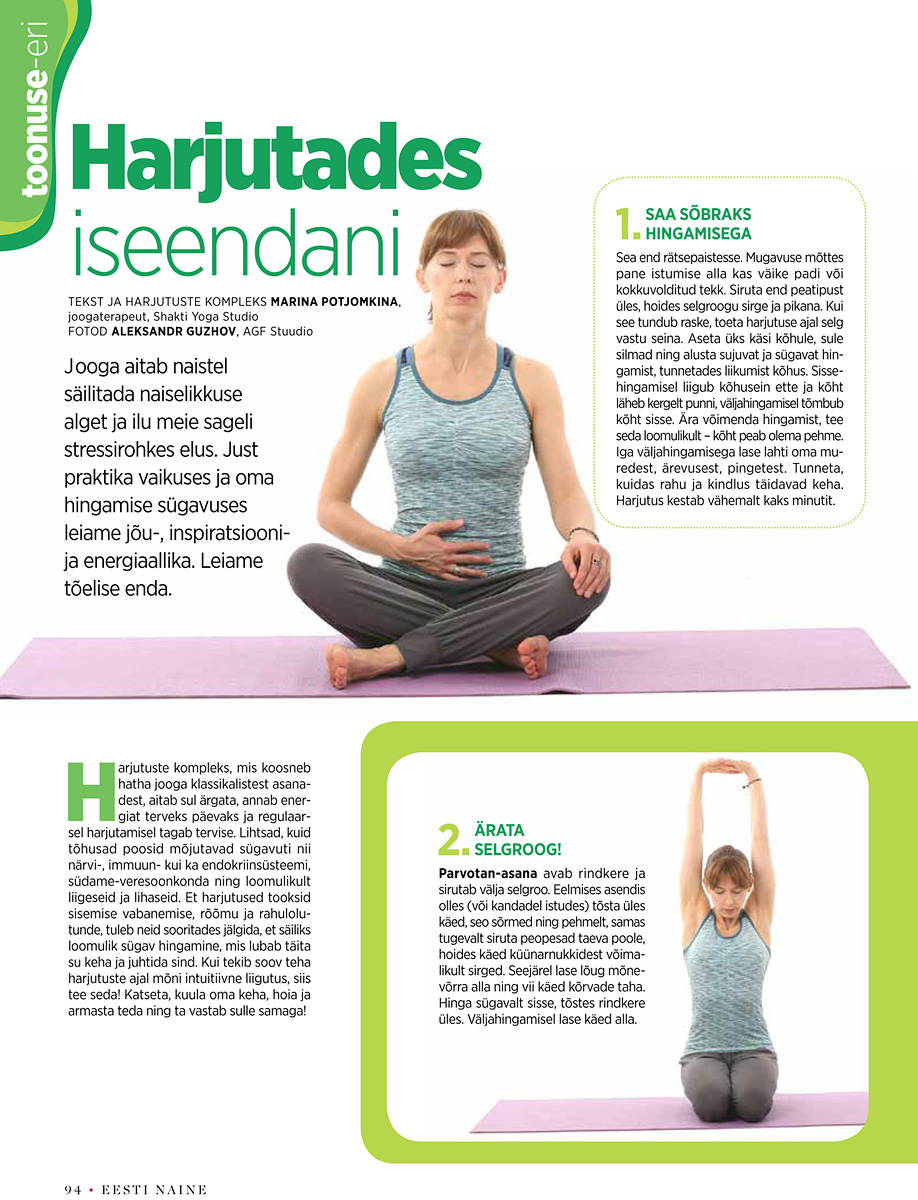Yoga dictionary. Dukkha
 Patanjali in his Yoga sutras pays much attention to this. He considers such a term as “Dukha”. Also, this term is widely used in Buddhism, being one of the Central concepts of the Four Noble Truths proclaimed by the Buddha Shakyamuni. However, Patanjali considers such a phenomenon as Dukha in more detail and explains the causes.
Patanjali in his Yoga sutras pays much attention to this. He considers such a term as “Dukha”. Also, this term is widely used in Buddhism, being one of the Central concepts of the Four Noble Truths proclaimed by the Buddha Shakyamuni. However, Patanjali considers such a phenomenon as Dukha in more detail and explains the causes.
From Sanskrit the term “Dukha” can be translated as `restless dissatisfaction`, `painful experience`, `anguish`, `unbearability`. The most popular translation for the Russian language is `suffering’, but this word does not fully reflect The essence that dukha carries. It is a deeper concept than mere suffering. Suffering often refers to specific painful experiences that arise from physical or mental discomfort. Dukha, on the other hand, means rather a tendency of the mind which arises for two reasons: because of the impermanence of the world and because of attachment to something or someone.
When the mind becomes attached to something pleasant, it becomes dependent on the object of attachment, but because of the impermanence of things and phenomena, any object is subject to destruction or change; and if the mind is attached to an object, in the process of destruction or change of this object, and there is such a phenomenon as Dukha.
What tells about Duke by patañjali? For the first time the perniciousness of this phenomenon is mentioned in the first Chapter, in Sutra thirty-first. In Swami Vivekananda’s version of the translation, it reads: “the Inability to keep the mind in a state of concentration is associated with anguish, depression, trembling in the body, uneven breathing.” How exactly Vivekananda, in his version of the translation, described the phenomena that occur to a person when it is impossible to obtain the object of desire. And the reason for this state according to Patanjali is “inability to keep the mind in a state of concentration”, in other words, imperfection in Dhyana-meditation practice. Thus, according to this Sutra, Dukha is eliminated by practicing Dhyana and gaining control of the mind.
Dukha is the anxiety of the mind and Patanjali describes in more detail how to eliminate this anxiety in Sutra 33 of the same first Chapter. In A. Bailey’s version of the translation, the Sutra reads as follows:”the Peace of the Citta (mind) can be achieved through the practice of compassion, gentleness, constancy of intention and impartiality to pleasure or pain or all forms of good and evil.” The mind that has reached the state of independence of external objects and phenomena that reaches a state which Patanjali writes at the very beginning of his treatise, — “cittavrittiniroddhah”, translated Svensson, it sounds like `curb unrest inherent in the mind`.
Dukha is also mentioned in the Sutra of the eighth Chapter of the second. There Patanjali points to one of the causes of Dukha. In Swami Vivekananda’s version of the translation, the Sutra reads: “Disgust is that which begets suffering.” By eliminating the cause, you can eliminate the consequences. By eliminating Dvesa (hatred, disgust), one can eliminate Dukha.
In Sutra 15 of the same Chapter, Patanjali mentions the all-encompassing nature of Dukha. A. Bailey’s translation of the Sutra reads as follows: “the Enlightened one considers all existence to be pain because of the activities of the gunas. This activity is threefold, producing consequences, anxiety and subconscious impressions.”
Buddha Shakyamuni said much the same about Dukha in his first sermon. The first of The four Noble Truths is that all living beings are subject to Dukha, because ” the encounter with the unpleasant is suffering, the separation from the pleasant is suffering.”
Later in Sutra 16 of the same Chapter, Patanjali offers a more optimistic thesis on Dukha than in the previous Sutra. He writes about the possibility of eliminating the suffering that has not yet come. That is, potential suffering can be eliminated by eliminating the causes. And Patanjali writes as much as possible about the causes of Dukha in Sutra 34 of the same, second Chapter. In the version of translation A. The Bailey Sutra reads: “Thoughts contrary to yoga are mischief, lies, theft, intemperance and greed — whether they are personal, provoked or approved, whether they come from greed, anger or delusion, whether they are minor, average or great. Their result is always excessive pain and ignorance. For this reason, opposite thoughts should be cultivated.” Here Patanjali mentions the law of karma and tries to convey to the reader that the root cause of Dukha is immoral actions of man.
And the end of the 34 sutras calls for cultivate opposing thought, pointing out, that karma is shaped not only on level action, but also on level speech and thought. And it is the wrong thoughts that trigger the process of forming negative karma. In order to eliminate Dukha, one should cultivate positive thinking. How to do this is described in the above-mentioned Sutra 33 of the first Chapter.
Thus, to sum up, Dukha is eliminated by eliminating its causes. And this is made possible by the practice of quieting the mind with the method of Dhyana.




